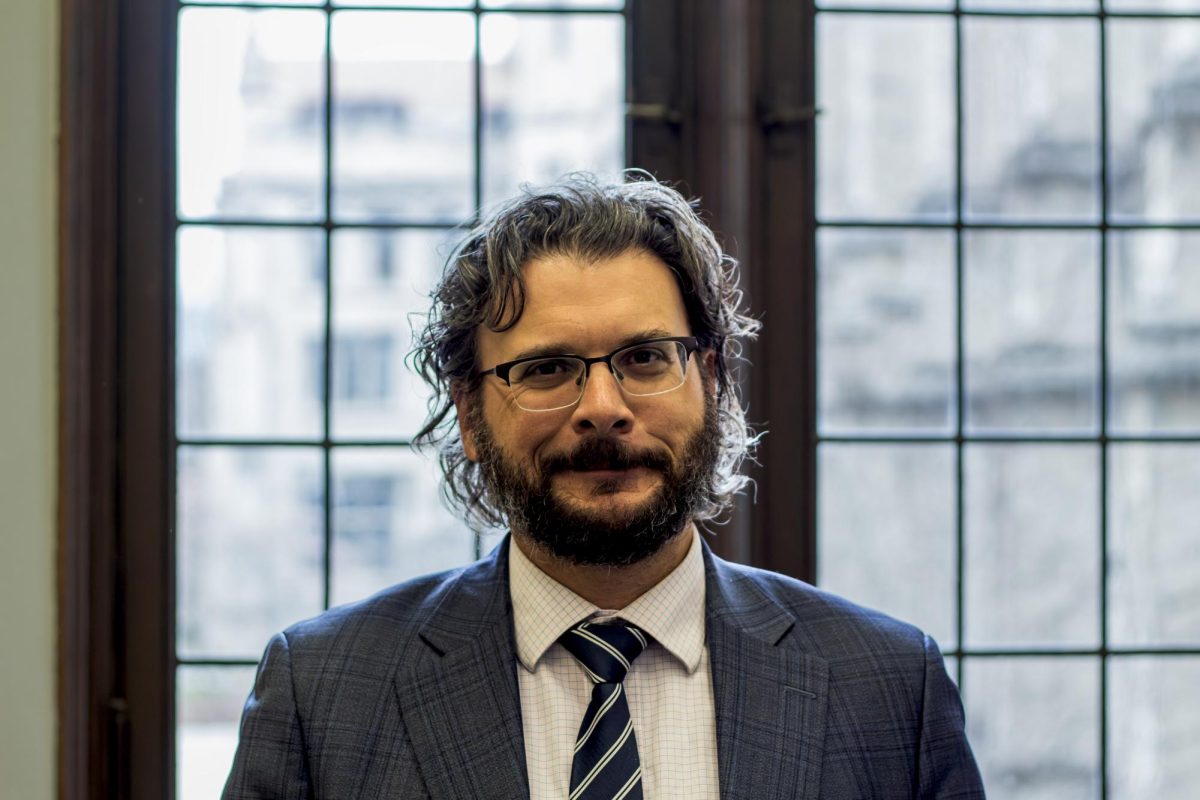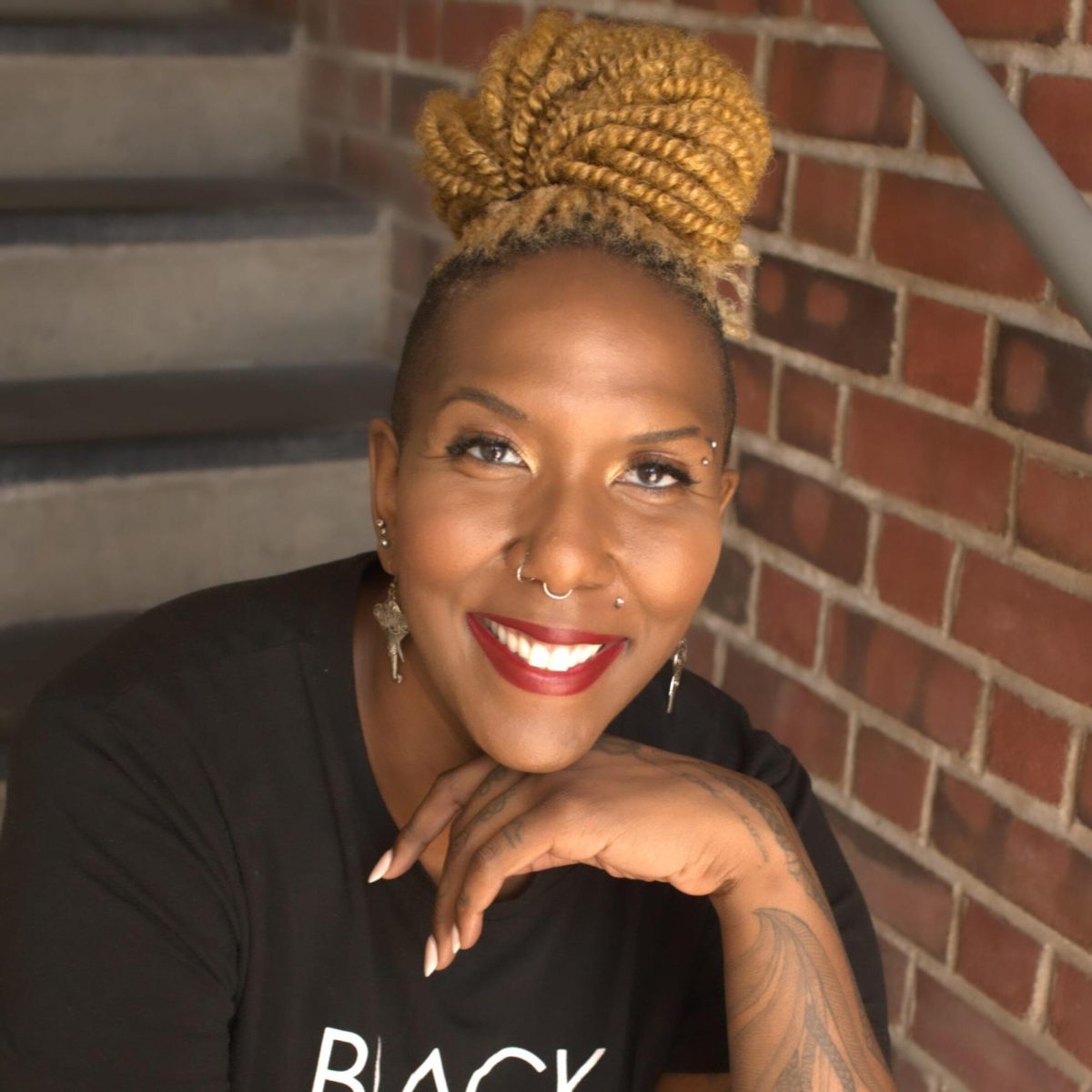Dr. Julian H. Lewis, the first black doctor to teach at the University of Chicago and author of The Biology of the Negro, a book which scientifically disproved the idea of a superior race, was remembered in a talk on February 21 at the Logan Center as part of the Integrating the Life of the Mind exhibit in celebration of Black History Month.
The event featured a panel that consisted of independent scholar Robert Branch II; University of Kansas School of Medicine Chair of History and Philosophy of Medicine Dr. Christopher Crenner; and Founder, Director, and Curator of the Robbins Historical Society and Museum Tyrone Haymore. It was co-sponsored by the Civic Knowledge Project, the Office of Campus and Student Life, Alpha Phi Alpha fraternity, and the University of Chicago Association of Black Alumni.
Bart Schultz, executive director of the Civic Knowledge Project and moderator of the event, described the importance of this and other events in the exhibit “call[ing] attention to important history, still too often neglected.” The idea of neglected history resonated throughout the course of the talk. “[The panelists] are the ones who pressed the question: Why isn’t the University of Chicago doing more to recognize the significance of [Lewis]?” Schultz said.
Lewis became the first African American to serve on the faculty at the University in 1917. This was one of numerous achievements and “firsts” that Lewis achieved, as Branch noted throughout his presentation of his nine years’ research on Lewis. Prior to Branch’s research, Lewis’s personal life and even professional achievements remained largely unknown and unpublicized. That, in the words of Haymore, is what made this event “truly historic.”
Branch asked the audience members to stand up if they hadn’t heard of Lewis before the event. In response, the majority of the crowd full of University and community members stood.
Branch said he began his research “so that Dr. Lewis could get his proper place in history.” In addition to being the first African American to serve on UChicago faculty, Lewis was also the first African American in recorded American history to hold two medical degrees.
“No one had ever done what Dr. Lewis did, in terms of using data…to make a case that, in terms of genotype-the biological and chemical properties…[t]here was no real difference that would denote superiority…only differences that would denote differences in diseases, [which, at the time it was published] challenged a lot of the status quo,” Branch said about Lewis’s book The Biology of the Negro.
As Crenner said, Lewis “used his work to make arguments against some of the racial prejudices of his time,” and his work “was his testimony to the fact that normal must also mean black,” both in medicine and in society.
Though Lewis’s work for The Biology of the Negro challenged the foundation of racism in the world in 1942, Branch said, “he wasn’t just interested in race, he was interested in personalized medicine.” Lewis coined the term “anthropathology” in his book, “which had to do with the comparison of the races of man…[and] the idea of using personalized medicine based on one’s DNA to come up with better treatment plans for people.”
To conclude the event, a new portrait of Lewis that will hang in the Smithsonian National Museum of African American History and Culture, set to open in Washington, D.C. in 2016, was unveiled.
Prior to the end of the talk, Lewis’s son, grandson, and great-grandsons spoke to his achievements. His great-grandson Jared Lewis noted the accomplishments of his great-grandfather and his family members.
“Even in a society where a man with contributions [were] as profound as those of Dr. Lewis, at an institution as distinguished as the University of Chicago, [they] can be forgotten as a distant blip in history.”









